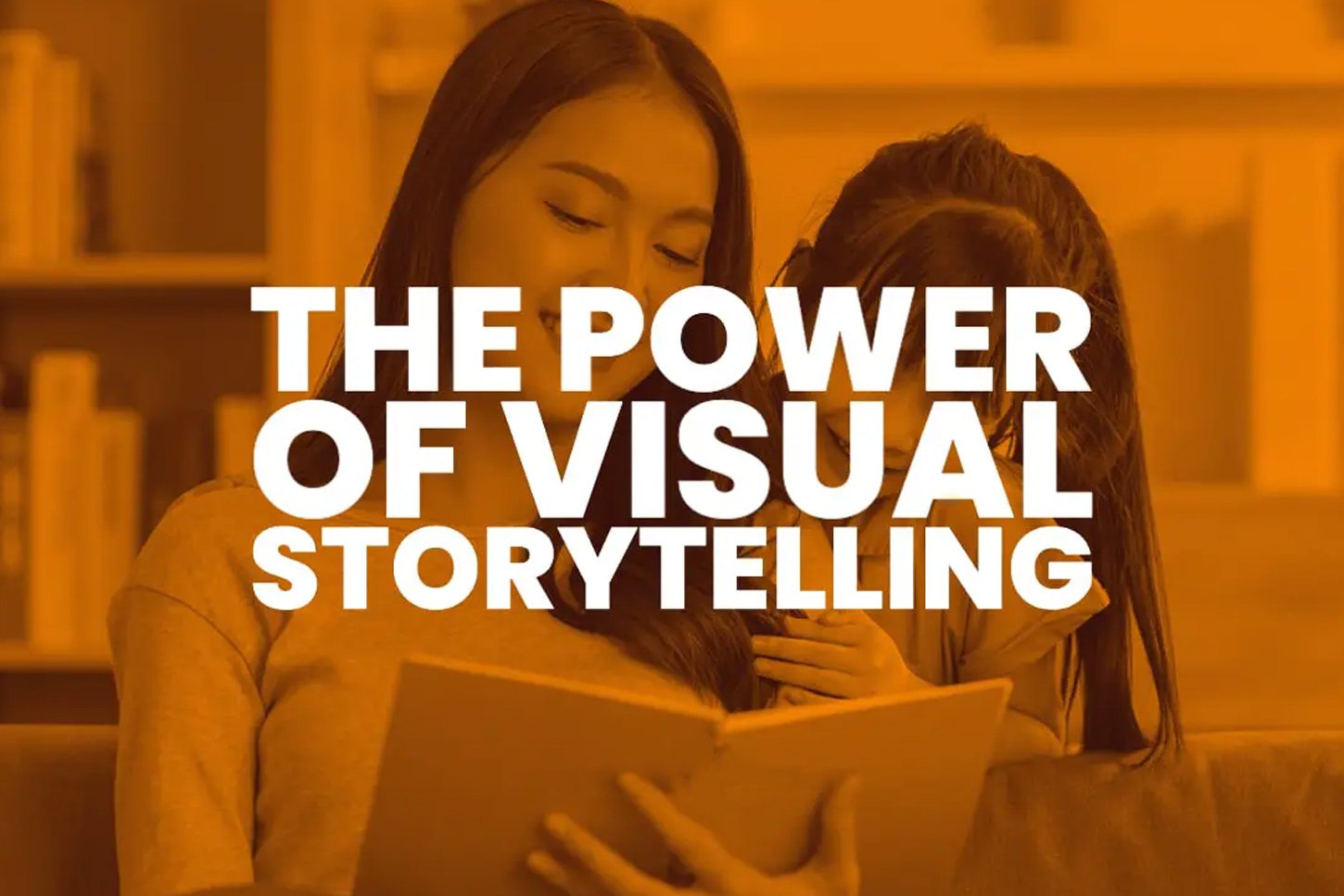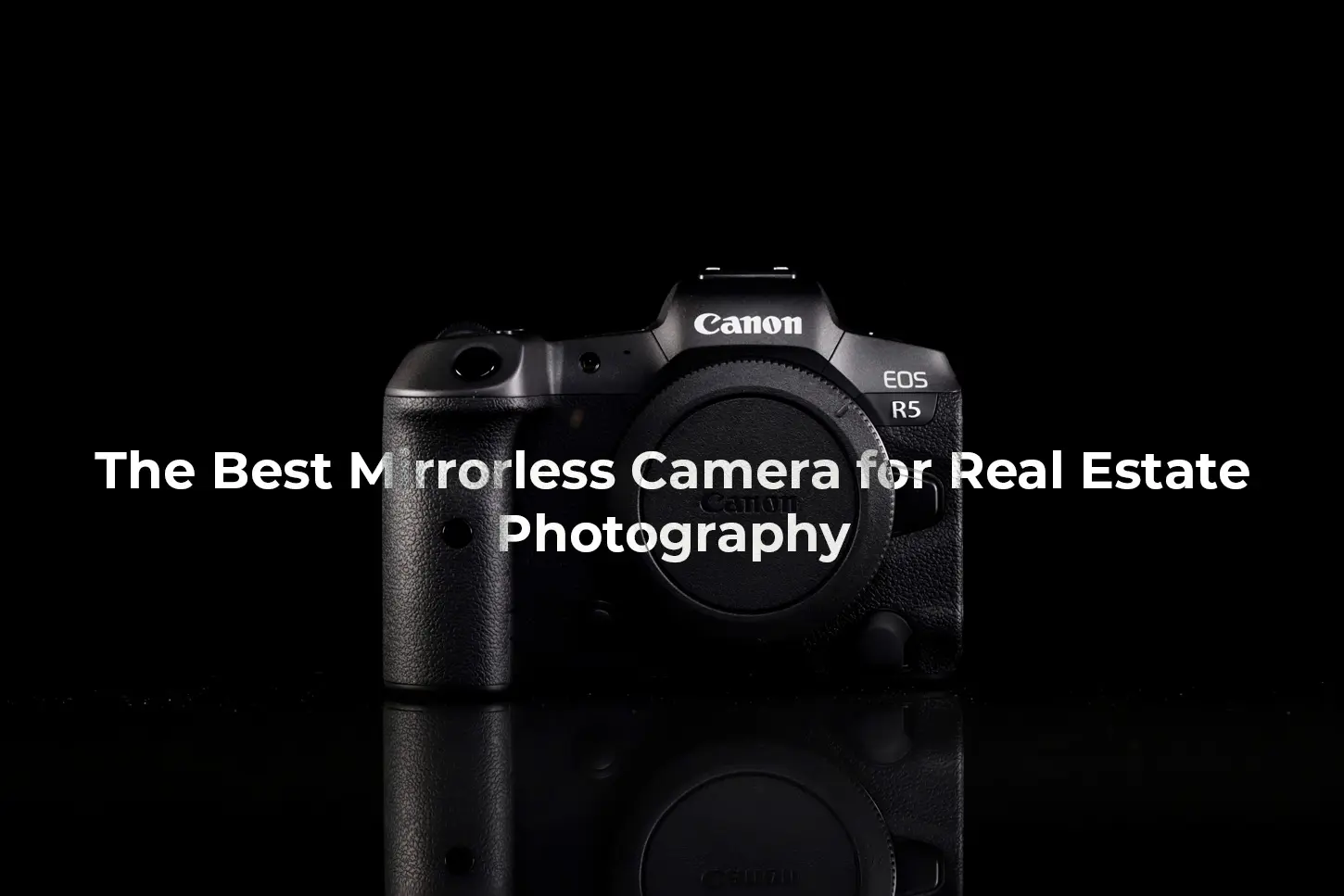Introduction
In a world dominated by digital content and fleeting attention spans, the art of storytelling has emerged as a powerful tool to engage and connect with audiences on a deeper level.
And while words alone can stir emotions and inspire, the impact of visual storytelling takes communication to an entirely different dimension.
Combining the strength of compelling narratives with the allure of captivating visuals, visual storytelling has become an essential skill for brands, marketers, and content creators to leave a lasting impression.
In this blog, we’ll explore the immense power of visual storytelling, its influence on human perception, and the role it plays in today’s media landscape.
1. The Elements of Visual Storytelling
At its core, visual storytelling is the art of conveying a narrative using images, videos, and other visual elements to elicit emotions, establish connections, and communicate ideas.
Let’s delve into the essential elements that make visual storytelling a potent communication tool:
2. Emotion as the Gateway to Connection
One of the most potent aspects of visual storytelling is its ability to tap into human emotions.
Our brains are wired to respond more intensely to images than to plain text, allowing visuals to evoke feelings of joy, empathy, sadness, or excitement within seconds.
For example, a photograph of a child’s radiant smile can instantly create a connection, encouraging the audience to invest emotionally in the story being told.
3. The Power of Simplicity
In a visually saturated world, simplicity reigns supreme. Visual storytelling thrives on conveying complex messages through simple yet evocative imagery.
By stripping away unnecessary details and focusing on the core message, visual storytellers can create a universal appeal that transcends cultural and language barriers.
A well-crafted infographic or a minimalist illustration can often communicate more effectively than a lengthy article.
3. Creating Memorable Characters
The inclusion of memorable characters lies at the heart of any great story, be it visual or textual
In visual storytelling, characters are brought to life through illustrations, photographs, or even animations.
These characters become the emotional anchors that resonate with the audience, making them more likely to remember and engage with the narrative.
4. Sequencing and Flow
Visual storytelling, much like traditional storytelling, relies on an effective sequence of events to maintain coherence and captivate the audience’s attention.
Choosing the right flow of visuals, whether in a social media post or a longer video, guides the viewer through a compelling journey, leaving them wanting more.
The Impact of Visual Storytelling on Human Perception
5. Visuals: The Brain’s Preferred Language
The human brain processes visual information significantly faster than text-based content.
Studies have shown that visuals can be processed up to 60,000 times faster than text, allowing for rapid comprehension and retention of information.
Consequently, visual storytelling becomes a powerful way to leave a lasting impact on the audience’s memory.
6. Forging Deeper Connections
When presented with an emotionally compelling visual story, the audience is more likely to empathize with the characters and experience the depicted scenarios vicariously.
This emotional connection builds trust and helps create a sense of community between the storyteller and the audience, fostering brand loyalty and customer engagement.
7. Enhanced Engagement and Shareability
In the age of social media, shareability is a vital aspect of any content strategy.
Visual storytelling, with its ability to evoke emotions and create memorable experiences, becomes inherently shareable.
People are more inclined to share content that has touched them emotionally or provided valuable insights, leading to increased organic reach for brands and creators.
8. Breaking Language Barriers
Visuals have the unique advantage of being universally understood, transcending the limitations of language.
For businesses and organizations with a global audience, visual storytelling offers a means to communicate without the need for translations, ensuring a wider reach and better cultural appreciation.
The Role of Outbound and Internal Links in Visual Storytelling
9. Leveraging Outbound Links
Outbound links are an integral part of visual storytelling as they allow creators to provide additional context, references, or sources for the presented information.
When using visual content, such as infographics or charts, outbound links can direct the audience to in-depth analyses, research studies, or related articles, fostering credibility and authority.
10. Driving Engagement with Internal Links
Internal links within visual storytelling create opportunities to guide the audience through a journey of exploration within a brand’s ecosystem.
When crafting content, such as interactive visual stories or multimedia experiences, internal links can lead viewers to related products, services, or other relevant content, encouraging them to stay on the website longer and increasing the chances of conversion.
11. Optimization for SEO
From a practical standpoint, outbound and internal links in visual storytelling contribute to search engine optimization (SEO).
Search engines assess the relevance and authority of a webpage based on its linking structure.
By incorporating relevant outbound links to reputable sources and strategic internal links within a website, visual storytellers can improve their online visibility and rank higher in search results.
Conclusion
Visual storytelling has emerged as a formidable force in the world of communication and marketing, capturing the hearts and minds of audiences worldwide.
Its power lies in its ability to evoke emotions, forge deeper connections, and transcend cultural and linguistic boundaries.
By incorporating the essential elements of visual storytelling and strategically using outbound and internal links, brands and content creators can unlock the potential to leave a lasting impact and build lasting relationships with their audiences in this dynamic digital era.
Embrace the power of visual storytelling, and watch your narratives come alive!






